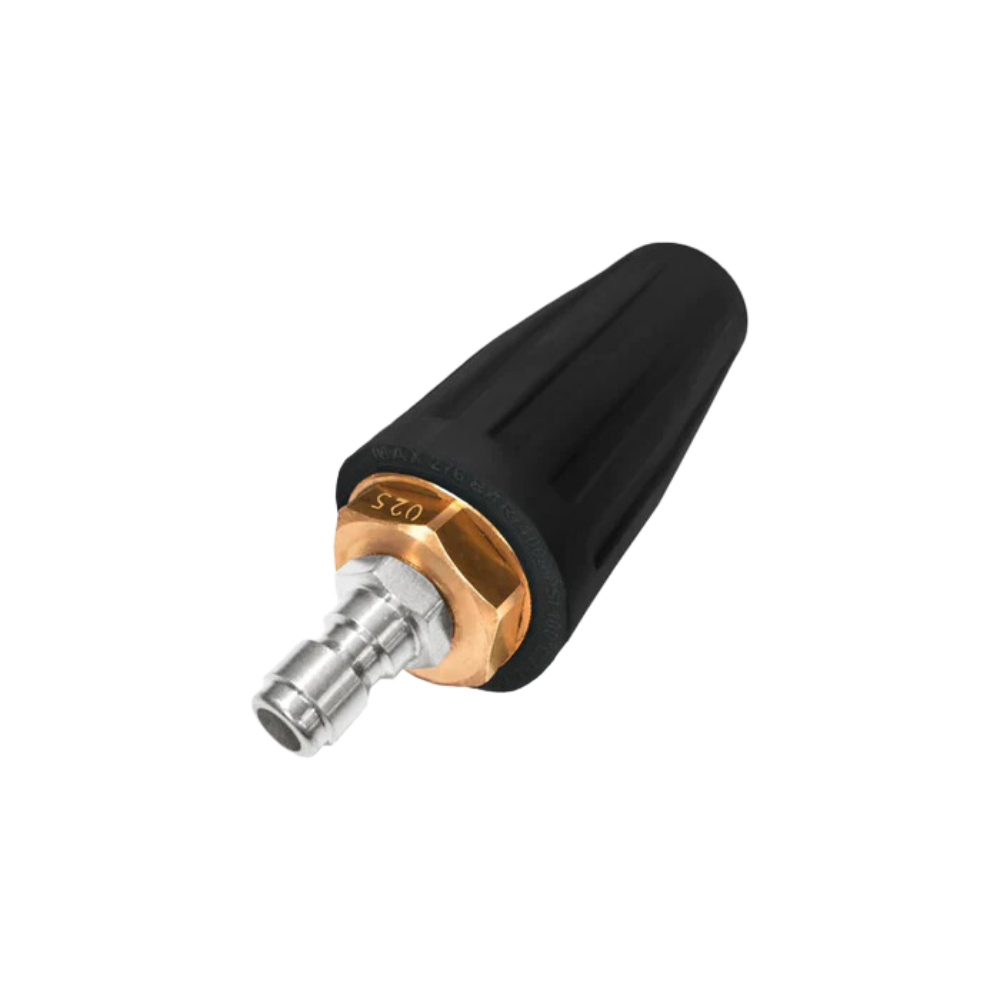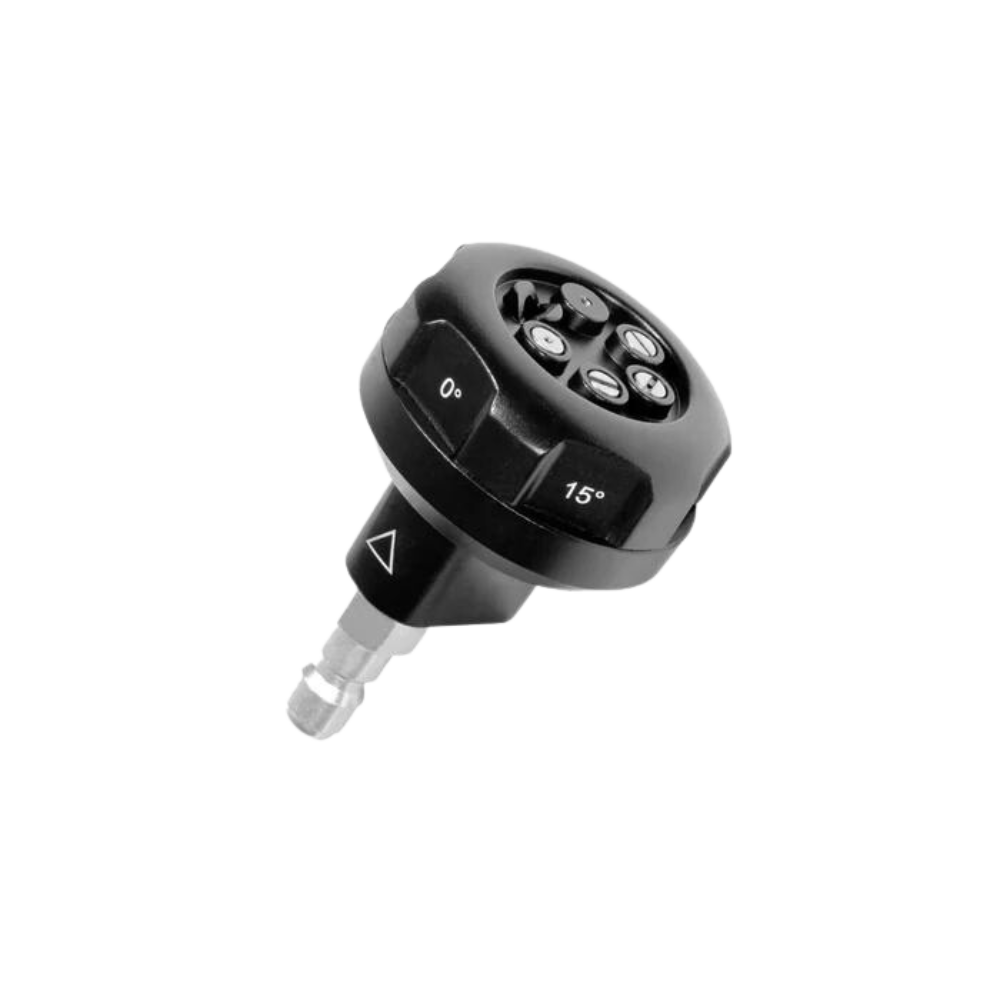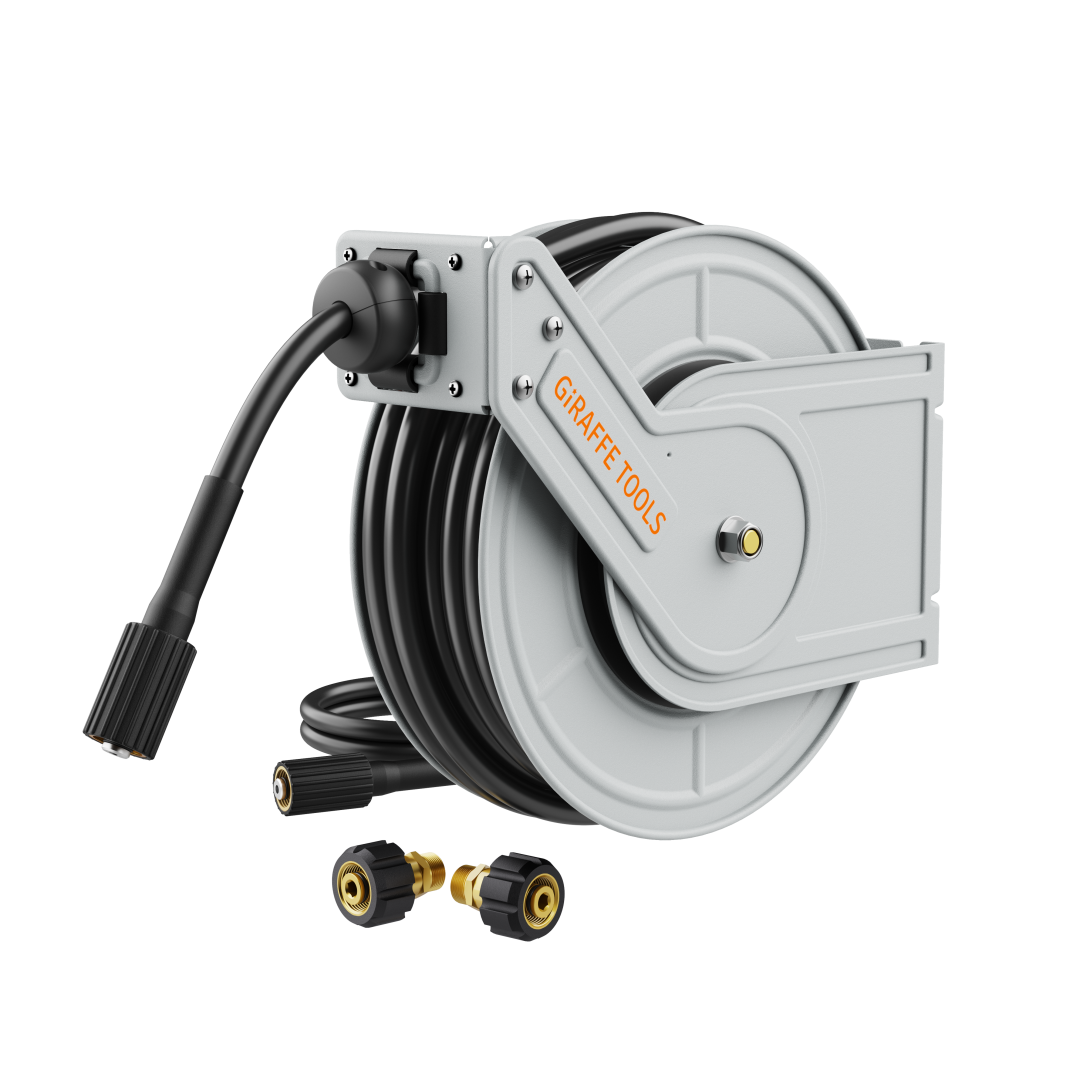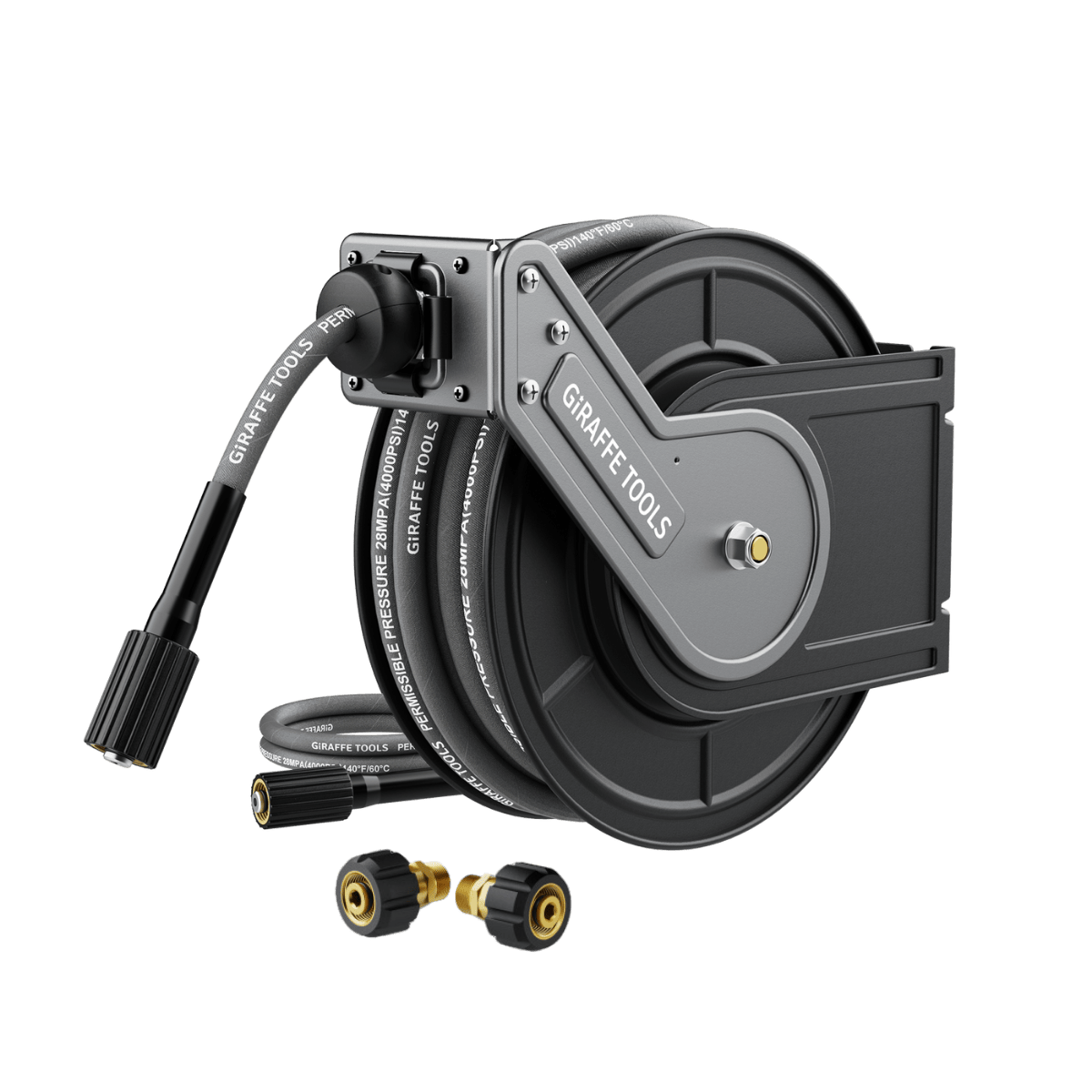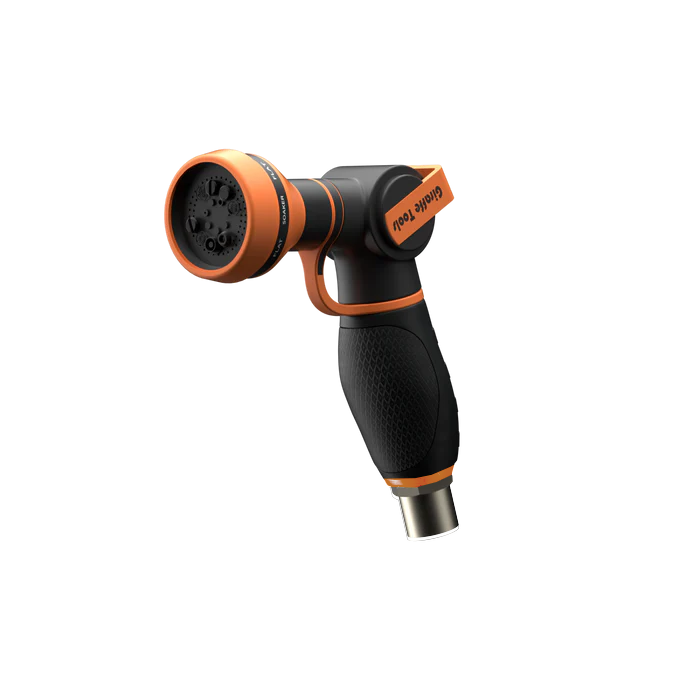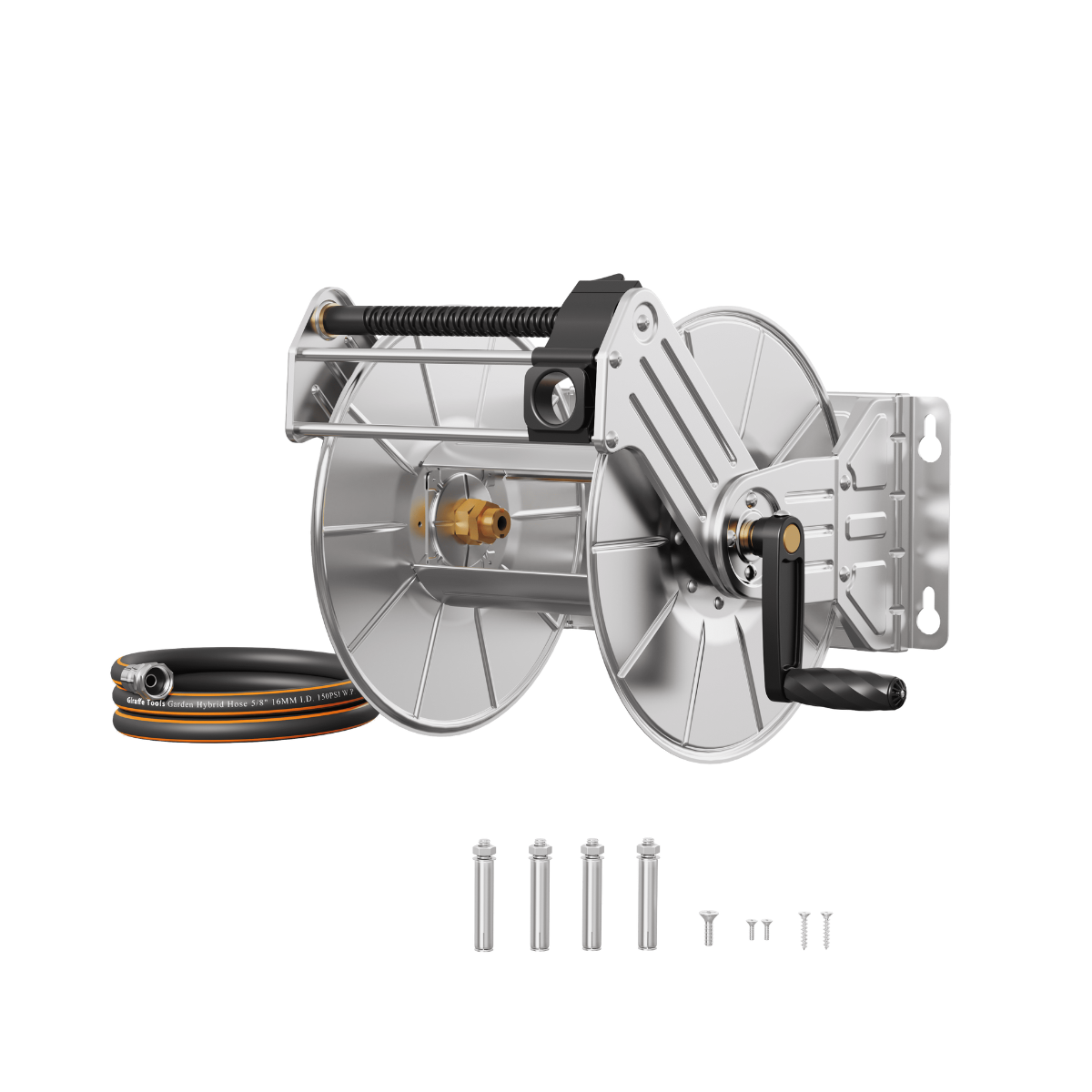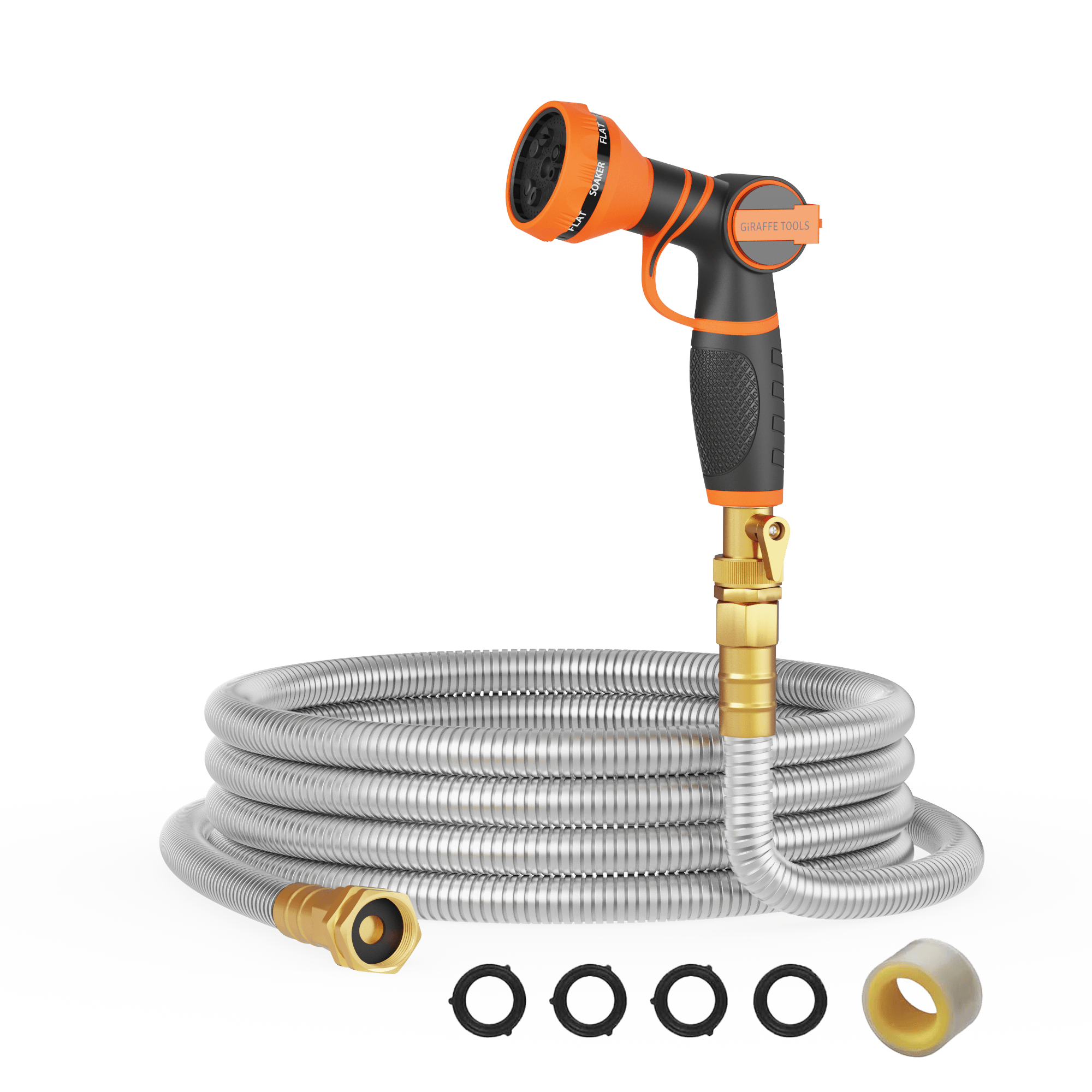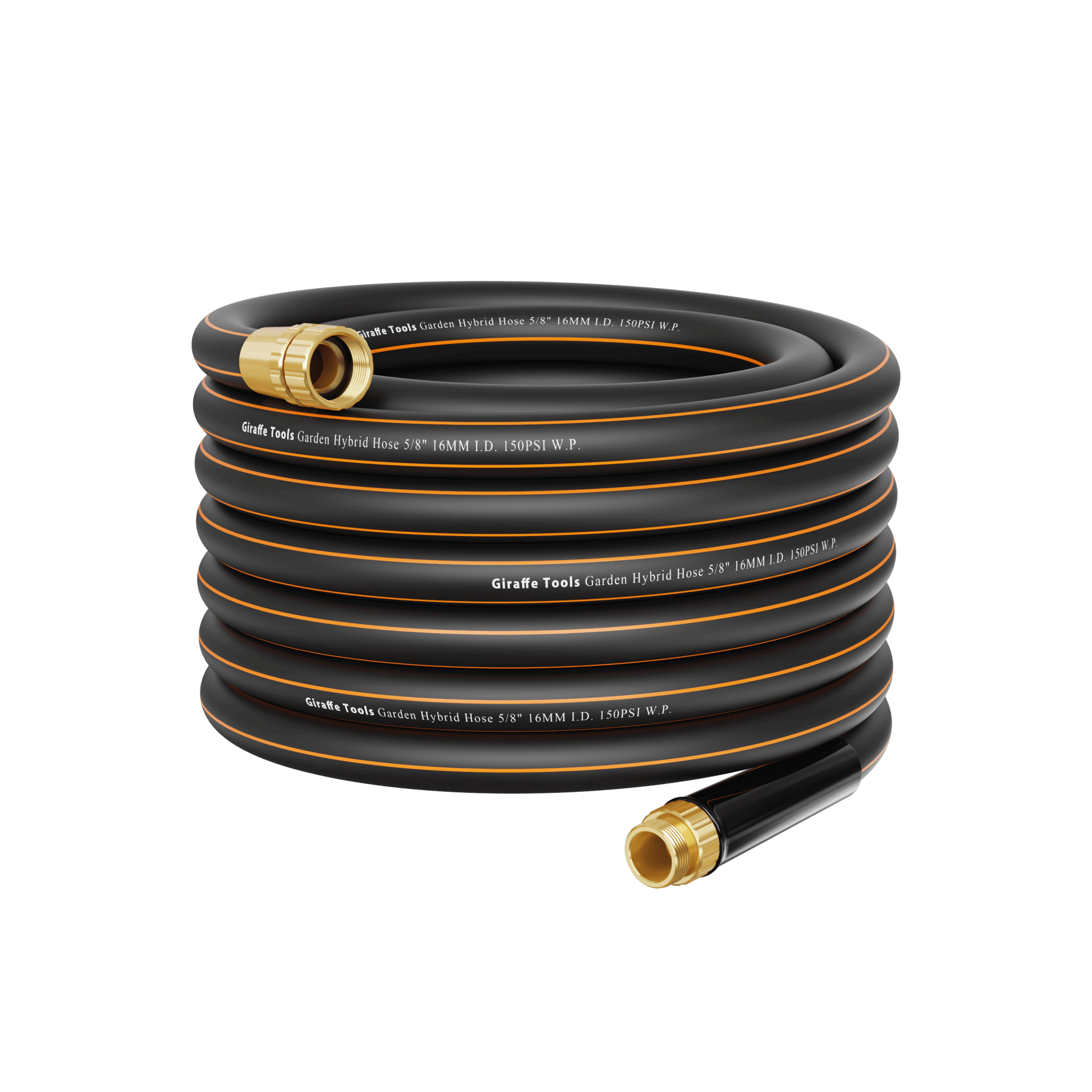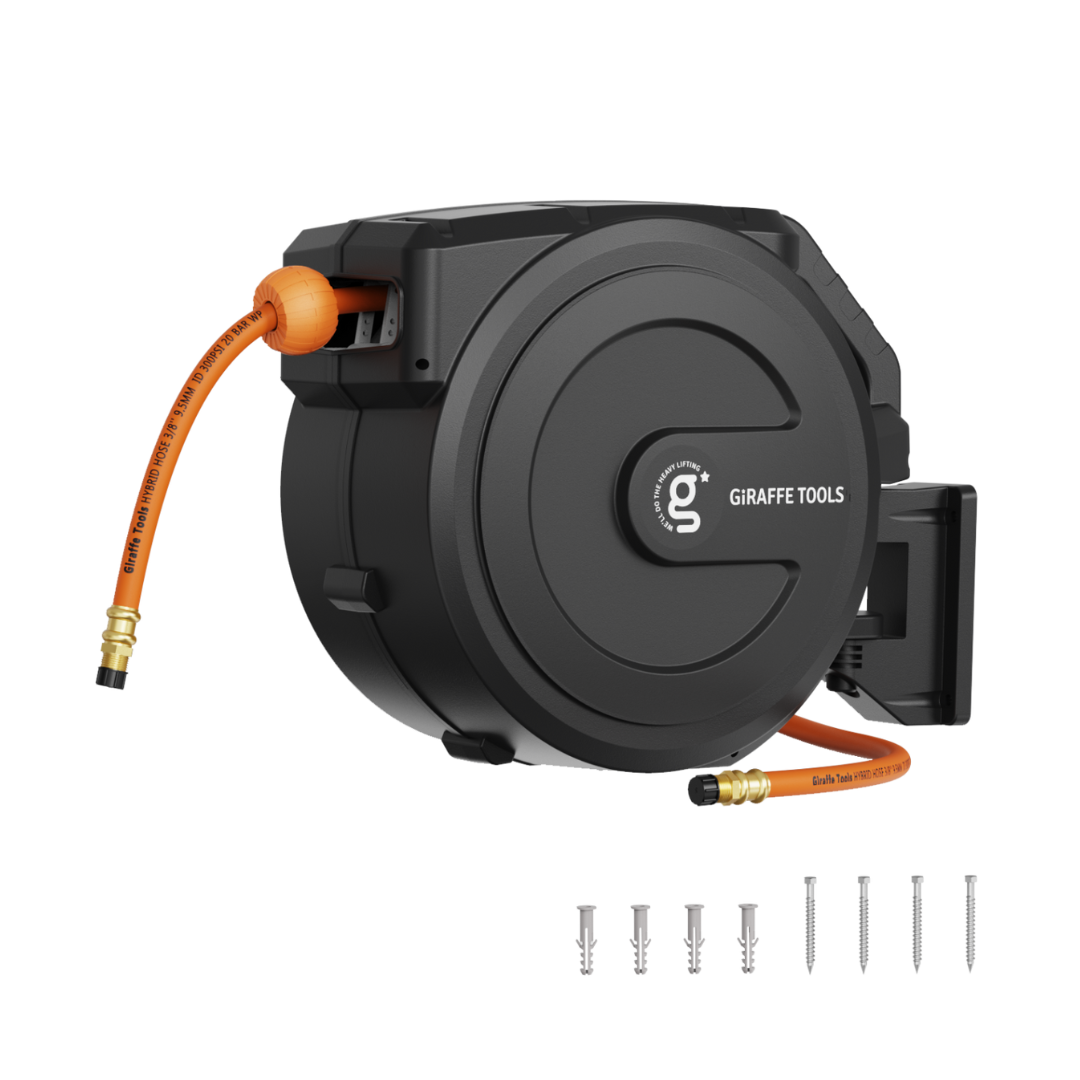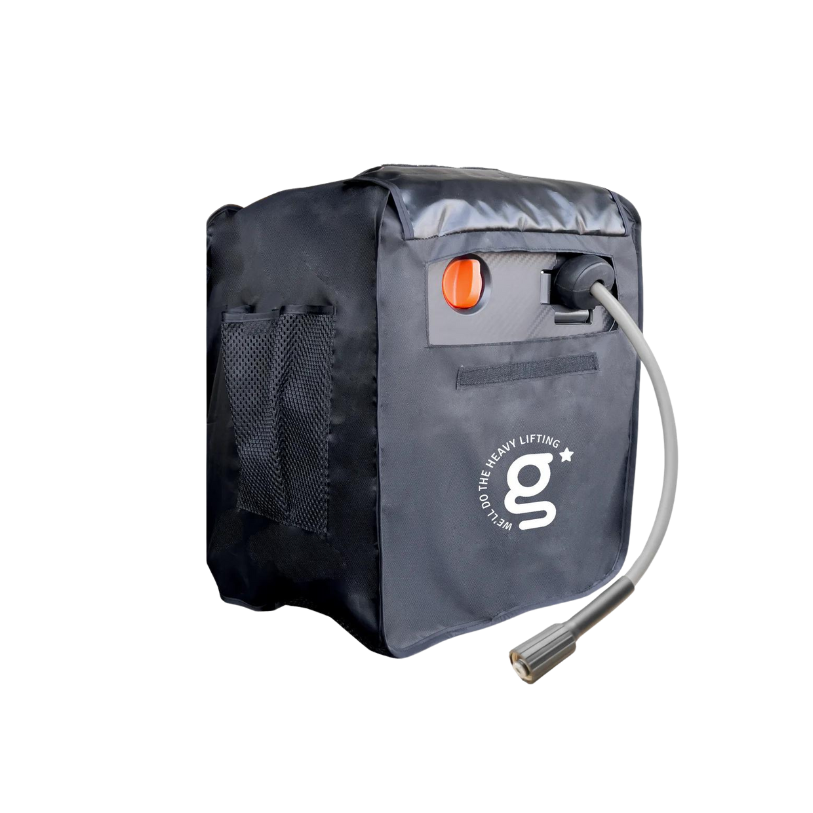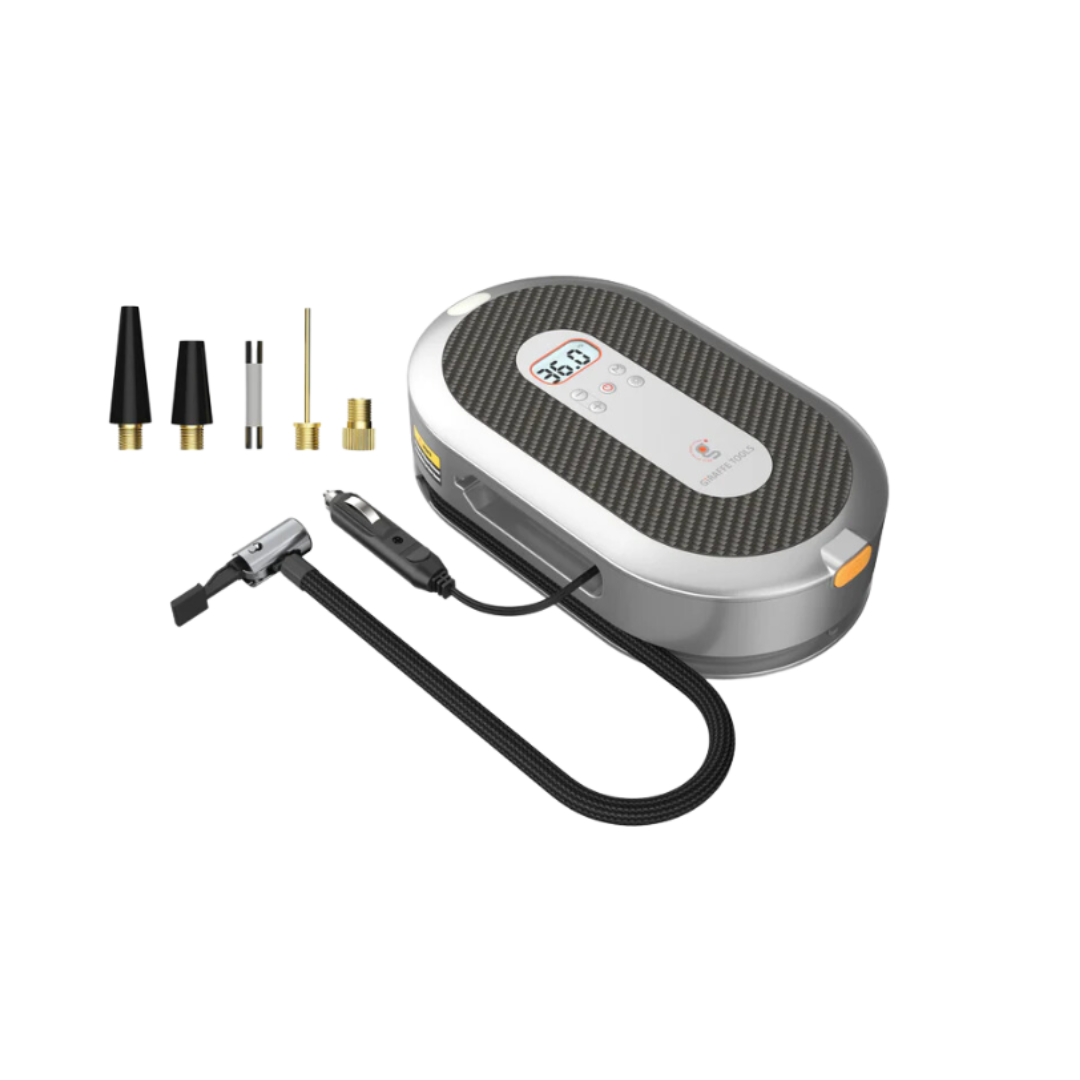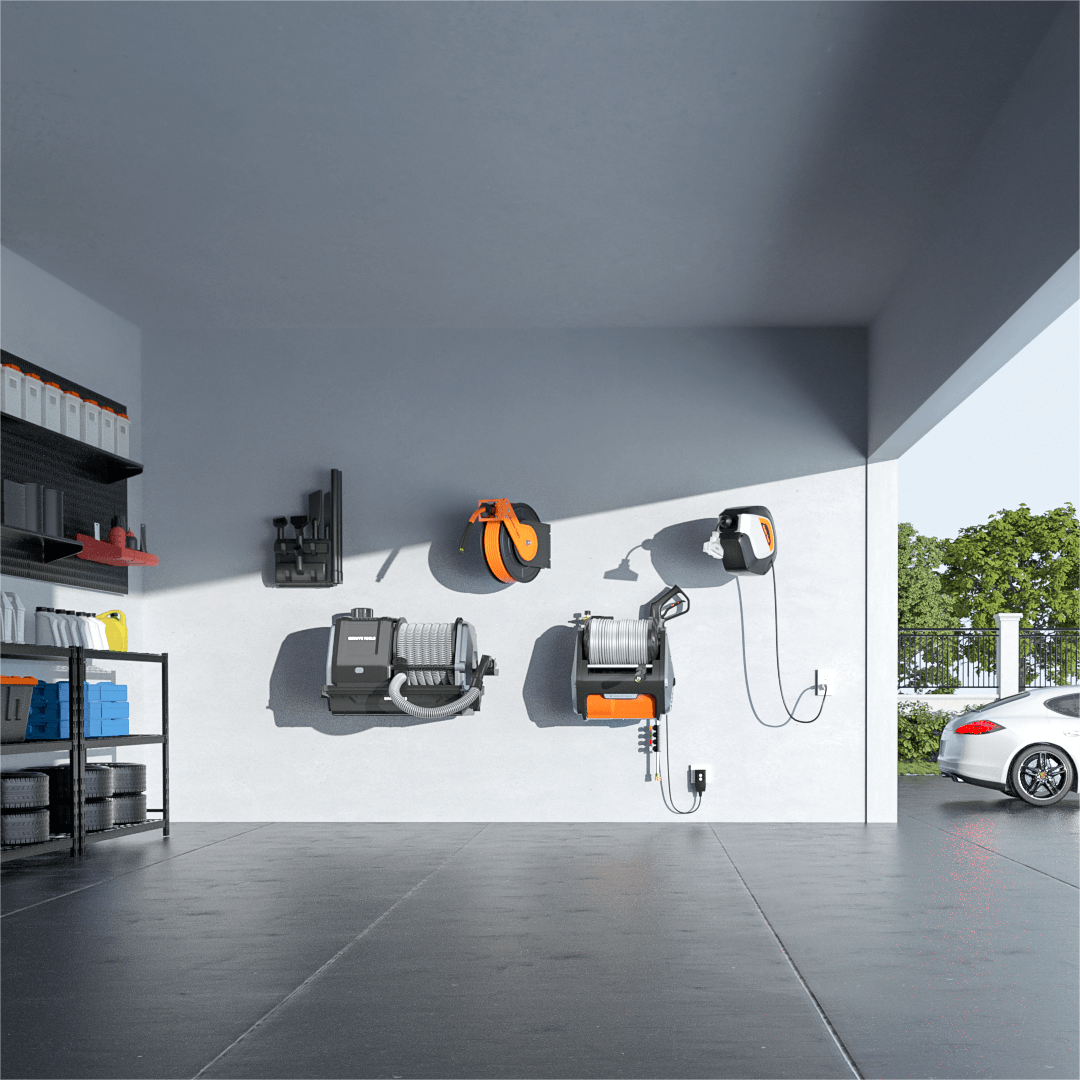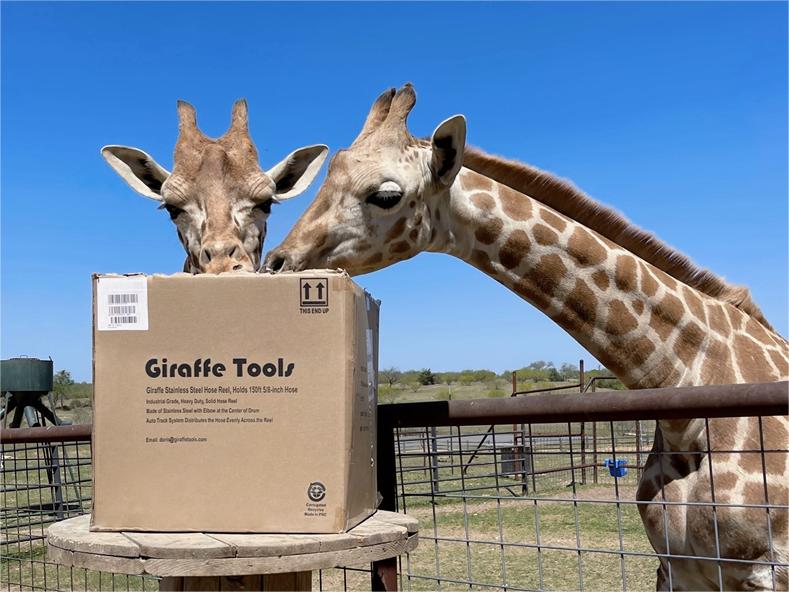Raised garden beds are a great way to cultivate your own fruits, flowers, and vegetables in a compact and manageable area. While the process of building a raised bed, filling it with soil, and planting seeds is exciting, maintaining your garden takes effort. One of the most important aspects of maintaining your garden is providing it with adequate water.
Water is a critical component of a thriving garden, and consistent watering is the key to success. If you're still in the planning stage of setting up your vegetable garden, I suggest making a water fixture plan now, even if watering is not required at the moment. When there is no rainfall, you can provide water to your garden through a variety of methods.
Hand watering with a watering can:
This is the simplest method, but only suitable for small raised gardens. While the image of walking from flower to flower with a watering can in hand is lovely, carrying the can back and forth can become tedious quickly.Hand watering with a hose:
This method is much more convenient than using a watering can. There are many great garden hoses available that make the task of watering your garden easier. You can also use a wall-mount retractable hose reel or a hose reel to help you organize, store, and move your hose. Giraffe Tools sells four different types of hose reels, each equipped with a hose organization system to keep kinks at bay.
Simple Drip Irrigation System:
If your garden is near a faucet or rain barrel, you can install a timer and drip hose to the faucet. This method is the closest you can get to automation without using a formal irrigation system. It's also an excellent way to provide your plants with a steady flow of water. Drip kits are widely available in hardware stores. You can also use a hose splitter to connect to the faucet and still use the water pipe for other purposes.
To ensure that you are watering your plants correctly
It's important to aim water at the soil or hold the watering can or hose tip as close to soil level as possible, allowing the roots to absorb the water. Avoid spraying the foliage of the plant. If you are using a hose, use a spray attachment and switch to the gentlest spray to mimic a mild rainfall. A gentle mist also helps prevent soil from washing off the top of the bed.
The frequency of watering should depend on the weather conditions, including rainfall.
Inconsistent watering can cause seeds and seedlings to dry out or become waterlogged. Avoid over-stressing your growing plants, which can lead to pest and disease issues. The best time to water is in the morning when the plants absorb water most efficiently. Watering earlier in the day will rehydrate the plants before the high temperatures of the day, and it also helps prevent water-borne diseases and pests that can occur with nighttime watering.
By following these simple tips, you can provide your plants with the essential resources they need to thrive and reap the delicious rewards. Browse Giraffe Tools to find the perfect watering tool for your raised garden bed










